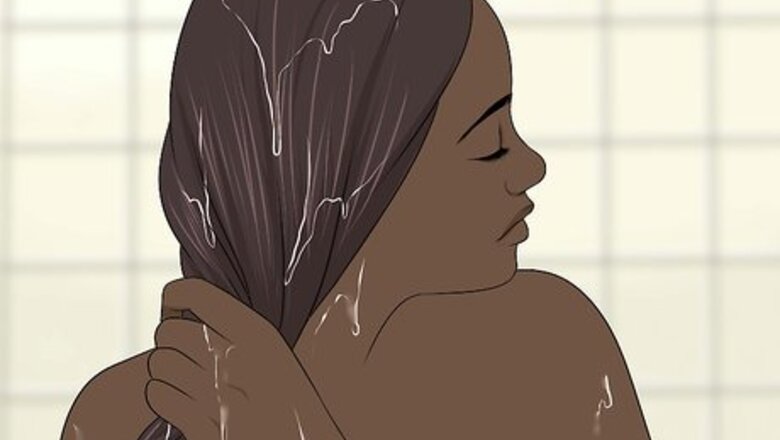
views
Removing Excess Water After a Shower
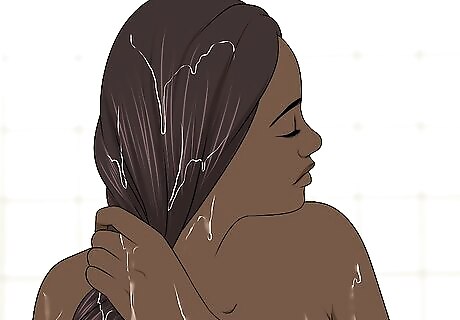
Wring out your hair. If you have long hair, wring the water out of it with a twisting or squeezing motion. To do this, collect all your hair together and drape over one shoulder. Then grab your hair and twist it in order to help squeeze out any excess water and prevent dripping. It is best to do this while still in the shower so that the water goes down the drain and does not make the bathroom floor wet and slippery.
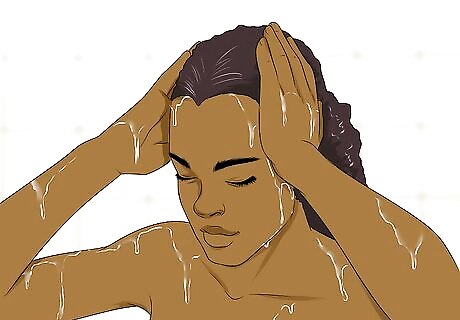
Use your hands to wipe off excess water. Hold your hands at a right angle to the surfaces of your body and using the base of your palms as a squeegee. First run each hand along the opposite arm from top to bottom so that your arms won't drip on the rest of your body. Then proceed to dry your torso and legs in long, downward strokes, stopping occasionally to flick off the accumulated water on the hands.

Put on a robe. A robe can also be worn to help with drying off. It can work like a towel to help pat dry your skin. It is best to use a cotton or terry cloth robe because they are made from absorbent material and will help with the process of drying off.

Exit the washroom quickly. Once you are no longer dripping wet it is best to leave the washroom. The hot air and humidity created from the shower will slow down the drying process and leave your skin moist for longer. By entering a cooler and less humid room you will dry faster. It is a good idea to have a few pieces of clothing to put on immediately after the shower so that you can comfortably exit the washroom quickly. Clothes made from cotton are the most absorbent and can help you dry off quickly.
Drying Off Using Air Flow

Use a fan to help speed up the process. If a fan is available, turn it on and position your back towards it, since that will be the hardest area of the body to dry manually. Obviously, if you have time the fan could be used to dry the entire body. You should also turn on the exhaust fan in the bathroom, if it has one, to avoid humidity which will slow down the drying process.
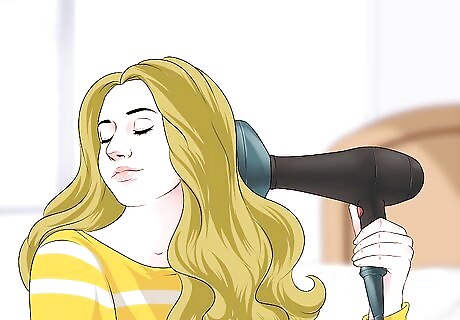
Dry yourself using a blow dryer. Another way to help speed up the process of air drying is by using a blow dryer. You can use the blow dryer on your hair after it has been wrung out by hand. You can also point the hair dryer at the rest of your body to help speed up the drying process. The blow dryer can help with getting hard to reach areas. Some hair dryers have a cool button which can be used to control the air temperature.
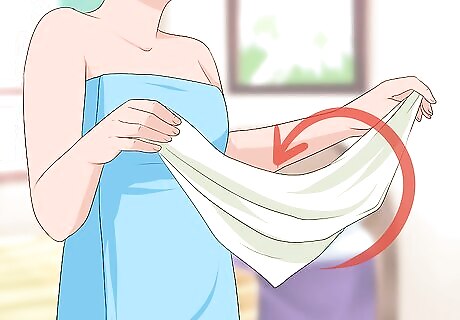
Create a fan by using an article of clothing. Use a long, durable article of clothing and hold either end in each hand and twirl the piece loosely in front of your body (similar to the motion of twisting a towel to snap it). This will cause a small vortex of air to dry off your skin. Move your arms up and down in front of you while twirling the shirt until desired dryness is reached. Undershirts, pajamas, or lightly soiled laundry may work best for twirling, since the article of clothing will likely become wrinkled or creased during the process. If you don't have an appropriate article of clothing available you can swing your arms in a circular motion to create a light breeze.
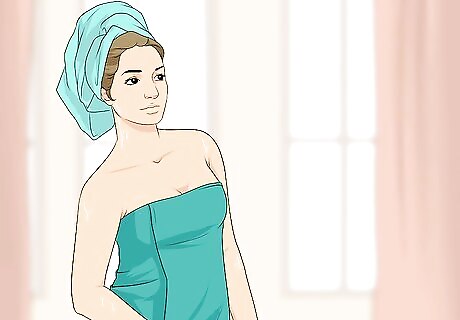
Stand near an open window. A fresh, cool breeze from outside can also help with the process of air drying. You will be able to air dry quicker if you use a natural breeze. For privacy purposes it is best to stand in front of a window that does not face the street or directly into other houses.
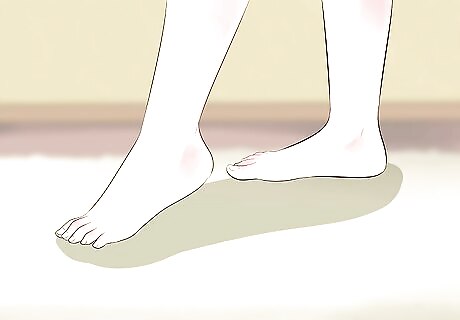
Walk around. Moving around can also help to speed up the process of air drying. Try walking around your bedroom naked. Move your arms in a circular motion, jump, or flick your legs to help shake off the moisture.















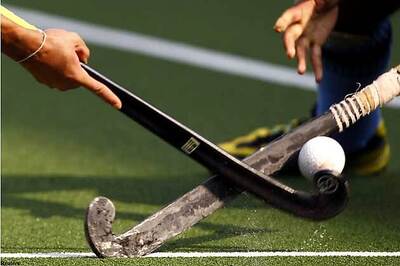
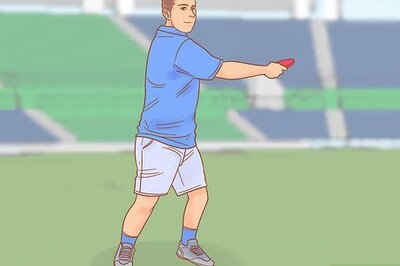

Comments
0 comment